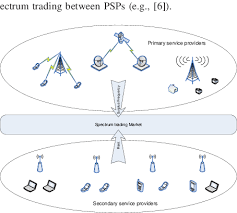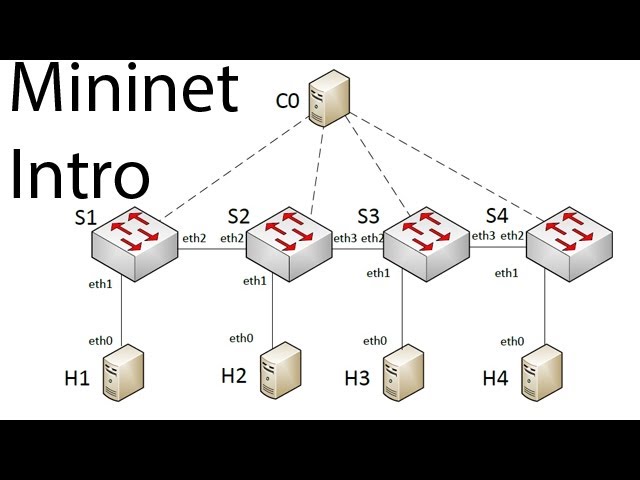Complete Guide to 5G NAS Mobility Management and 5GMM Functionality
telcomatraining.com – As the world transitions from 4G LTE to 5G networks, understanding how Non-Access Stratum (NAS) Mobility Management (MM) works in 5G is crucial for both telecom professionals and enthusiasts. This guide breaks down the key concepts, functionality, and importance of 5GMM (5G Mobility Management), giving you a complete understanding of how mobility is handled in the new-generation network.
What is 5G NAS Mobility Management?
5G NAS Mobility Management (5GMM) is a critical layer within the 5G Core (5GC) architecture. It operates in the control plane and is responsible for managing the mobility aspects of user equipment (UE) in a 5G network. Unlike the Access Stratum (AS) which handles radio-level signaling, NAS operates above it and communicates directly between the UE and the Access and Mobility Management Function (AMF).
5GMM ensures seamless user experience during handovers, registration, authentication, and session continuity. It is especially important in scenarios involving high-speed movement, multiple access networks, and dynamic IP sessions.
Key Functions of 5GMM
Understanding 5GMM begins with examining its core functions. Here are the main tasks it performs:
1. Registration Management
This function handles the registration process between the UE and the network. When a device first connects to a 5G network or moves into a new registration area, it initiates a registration request. 5GMM processes this request, authenticates the user, and assigns the necessary context to enable communication.
2. Connection Management
5GMM establishes and maintains the NAS signaling connection between the UE and the AMF. This is essential for carrying control messages such as session requests, updates, or de-registration.
3. Mobility Management
As users move, the network needs to ensure that ongoing sessions continue without interruption. 5GMM handles mobility procedures like Tracking Area Update (TAU), handover support, and idle mode mobility. This allows devices to switch between gNBs (next-generation NodeBs) without service drop.
4. Security Control
Security is a top priority in 5G. 5GMM facilitates mutual authentication between the UE and the network, and manages encryption and integrity protection for NAS messages.
5. Service Request Handling
When a device in idle mode needs to send or receive data, it sends a Service Request to the AMF via 5GMM. The AMF then establishes a connection and enables the user to resume active service.
5GMM Messages and Procedures
Several NAS messages are part of the 5GMM process, including:
- Registration Request/Accept/Reject
- Authentication Request/Response
- Service Request/Accept
- Tracking Area Update
- Security Mode Command/Complete
Each of these messages plays a role in initiating, maintaining, or terminating sessions and connections.
Benefits of 5GMM in Modern Networks
5GMM plays a vital role in delivering the core promises of 5G—high speed, low latency, and reliable connectivity. Here’s why it’s essential:
- Seamless Mobility: Ensures uninterrupted sessions even when users move between different cells or tracking areas.
- Enhanced Security: Provides robust identity protection and secure communication channels.
- Efficient Resource Use: Manages signaling efficiently to reduce power and bandwidth consumption, especially in idle mode.
- Support for Slicing and Multi-Access: 5GMM works alongside network slicing and can manage devices using non-3GPP access like Wi-Fi.
Final Thoughts
In the rapidly evolving landscape of 5G, understanding NAS Mobility Management and 5GMM functionality is key to grasping how next-generation mobile networks ensure smooth connectivity. From registration to session continuity and secure communication, 5GMM is a cornerstone of the 5G architecture.
Whether you’re an engineer, developer, or tech enthusiast, having a solid grasp of 5GMM will help you stay ahead in the 5G revolution. Keep exploring, because the future of mobile communication is here—and it’s moving fast.







